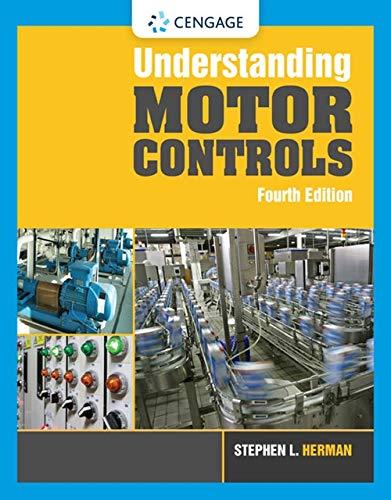
Concept explainers
The theoretical value for the saturation magnetization for cobalt metal.
Answer to Problem 63AAP
The theoretical value for the saturation magnetization for cobalt metal is
Explanation of Solution
Write the expression to calculate saturation magnetization for cobalt metal
Here, magnetic moment is
Write the expression to calculate atomic density of the cobalt.
Here, number of atoms per unit cell is
Write the expression to calculate volume of the unit cell for the cobalt
Here, lattice constant of the unit cell is
Conclusion:
The magnetic moment of the cobalt atom is considered to be
Substitute
Substitute
The value of Bohr magneton
Substitute
Thus, the theoretical value for the saturation magnetization for cobalt metal is
Want to see more full solutions like this?
Chapter 16 Solutions
Foundations of Materials Science and Engineering
- DC and AC Subject: Find the relative permeability of the typical ferromagnetic material whose magnetization curve is shown. H = 50, 100, 500 and 1000 A-turns/m. Answer these: H = 100, 500, and 1000 A-turns/narrow_forwardDistinguish elastic, electrical and magnetic hysteresis in different materials.arrow_forwardEngineering science Distinguish elastic, electrical and magnetic hysteresis in different Materials.arrow_forward
- What do you understand by charge stratification? Explain the method of achieving the same with Suitable sketches. Discuss the advantages and disadvantages of charge stratificationarrow_forward2. Explain the magnetic classification of materialsarrow_forwardExplain the difference between the conventional current flow theory and the electron flow theory.arrow_forward
- A typical energy of electrons in a modern transition electron microscope is 300 keV. Calculate the corresponding wavelength of the electron beam assuming that the vacuum inside the microscope is ideal.arrow_forwardBulk resistivity of NbN , TiN, TaN, ZrN, and VN with references ?arrow_forwardConsider a system of nonrelativistic electrons in a white dwarf star at a temperature of 10^9 K. Very roughly, what would be their density if the system is degenerate? How does this compare with typical electron densities in ordinary matter of about 1030 electrons/m3?arrow_forward
- The following diagram (Attached) is band diagram of a CIS/CdS solar cell. Looking at the band diagram, can you explain why the spike-like conduction band offset is good for lower interface recombination?arrow_forwardWhich of the following have the same periodicity as the crystal lattice: a) electron wave function, b) electron distribution probability, c) lattice potentialarrow_forwardCalculate the numerical values of Ke and Ks in Problem 6.5 in SI units.arrow_forward
 Understanding Motor ControlsMechanical EngineeringISBN:9781337798686Author:Stephen L. HermanPublisher:Delmar Cengage Learning
Understanding Motor ControlsMechanical EngineeringISBN:9781337798686Author:Stephen L. HermanPublisher:Delmar Cengage Learning
